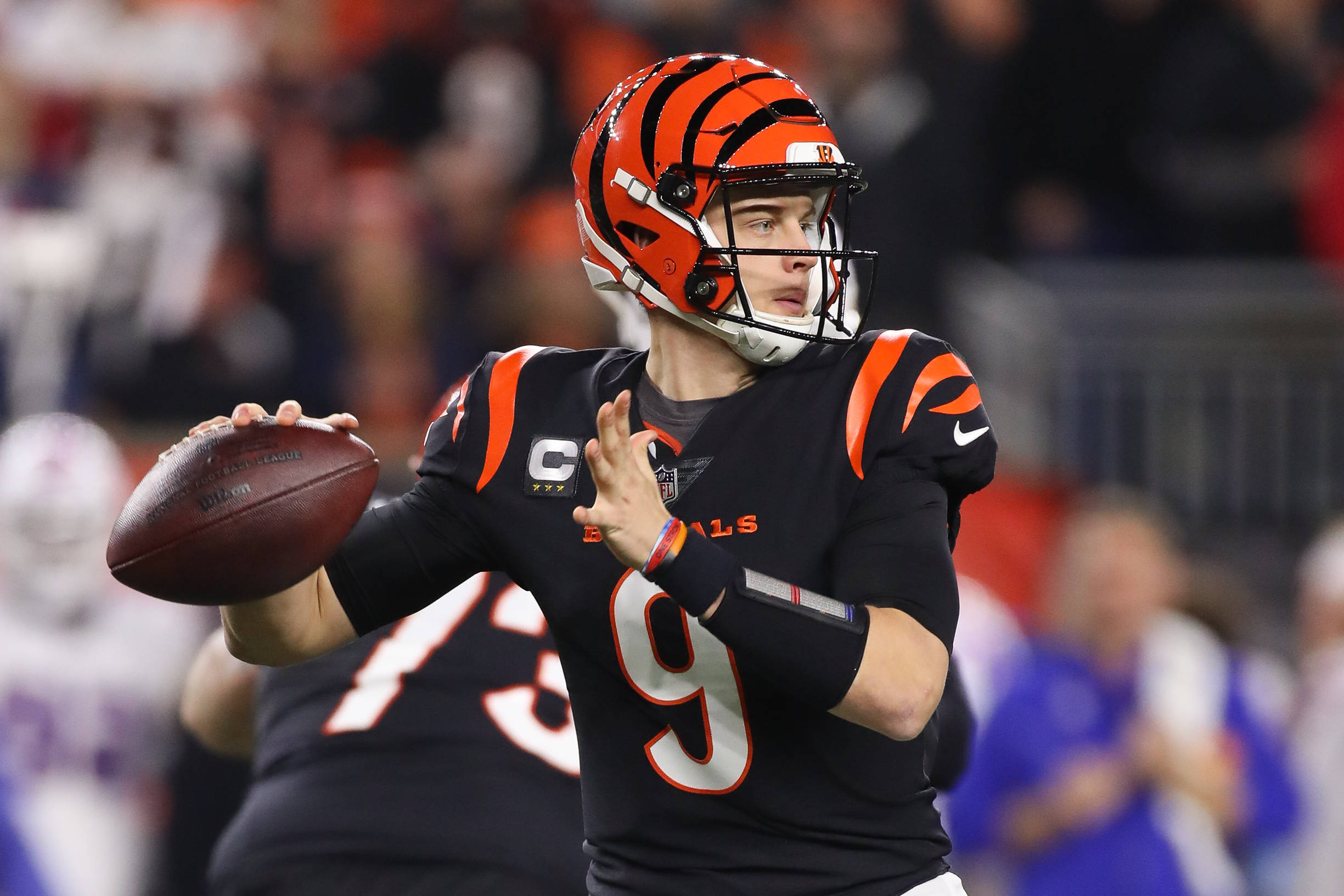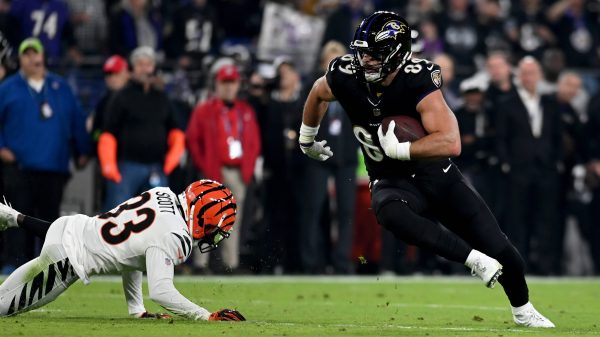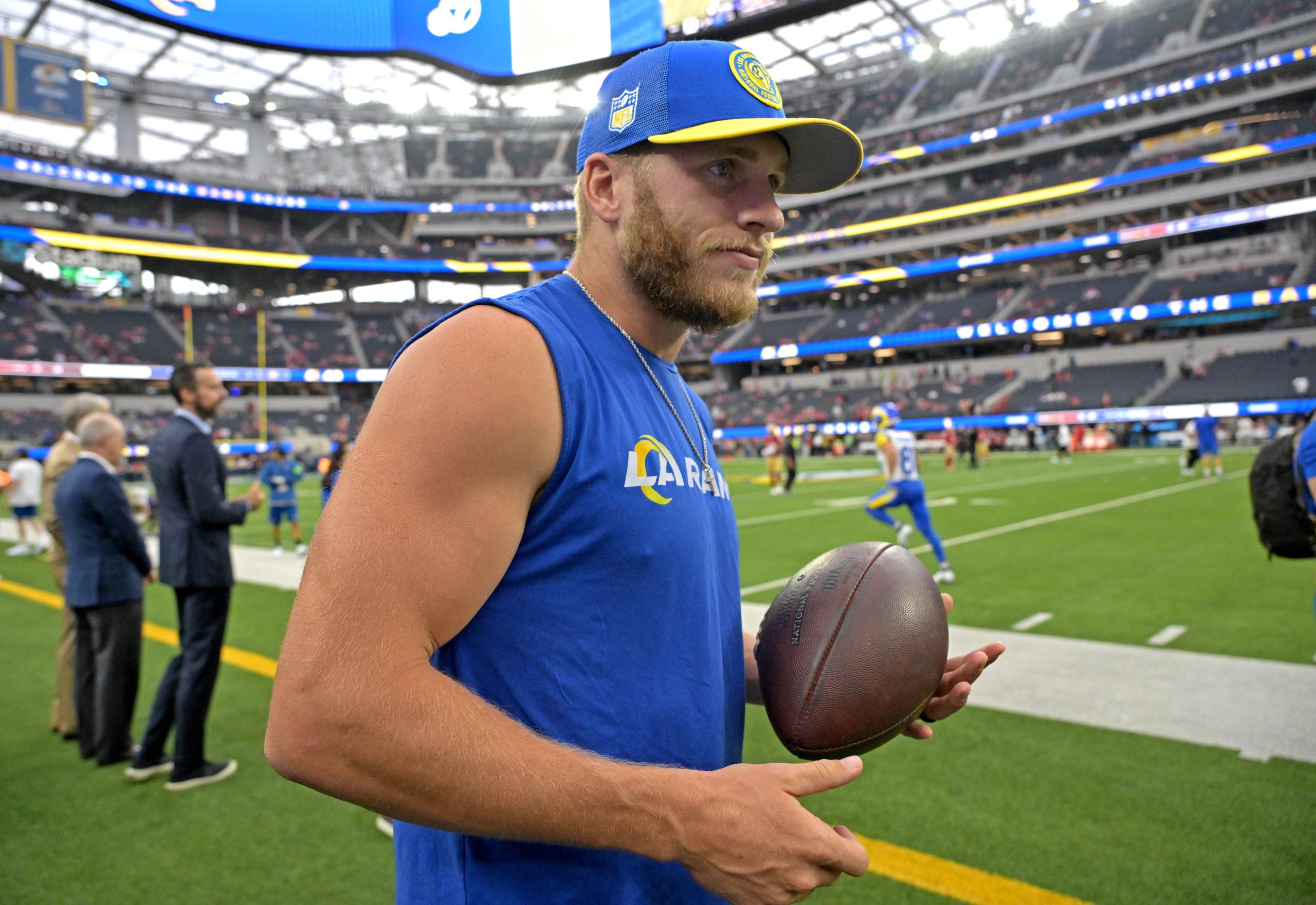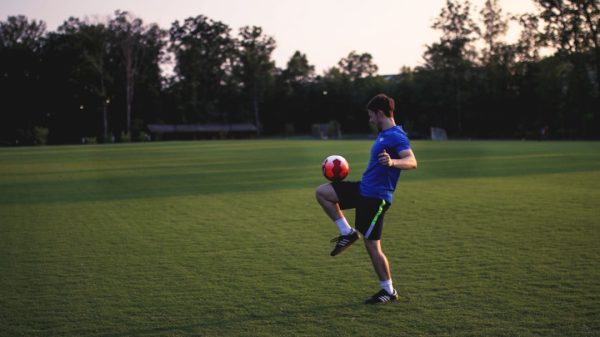Understanding the composition of an NFL team is crucial for fans and analysts alike. It goes beyond just knowing the names of the players on the field; it involves understanding the different positions and roles that each player has. This knowledge can help fans appreciate the game more, as they can better understand the strategies and tactics employed by teams. For analysts, understanding team composition can help them make better predictions and assessments of teams, as they can evaluate how well a team’s composition aligns with their goals and objectives.
Key Takeaways
- Understanding NFL team composition is crucial for fans and analysts alike.
- There are 11 players on the field for each team during an NFL game.
- Offense positions include quarterback, running back, wide receiver, tight end, and offensive line.
- Defense positions include defensive line, linebacker, cornerback, and safety.
- Special teams players include kicker, punter, and returner.
The Basics: How Many Players Are on the Field in an NFL Game?
In an NFL game, there are 11 players on the field for each team during a play. These players are divided into offense, defense, and special teams. Each team can have up to 53 players on their roster, but only 46 of them are eligible to play in a game. The remaining players are typically inactive or injured.
Offense: Understanding the Different Positions and Roles
The offense is responsible for scoring points and moving the ball down the field. The key positions on offense include the quarterback, running back, wide receiver, tight end, and offensive line.
The quarterback is often considered the most important position on offense. They are responsible for leading the team, calling plays, and throwing or handing off the ball to other players. The running back is responsible for carrying the ball and gaining yards on the ground. Wide receivers are responsible for catching passes from the quarterback and gaining yards through receptions. Tight ends are a hybrid position that can both block and catch passes. Finally, the offensive line is responsible for protecting the quarterback and creating holes for the running back.
Defense: Breaking Down the Various Positions and Responsibilities
| Position | Responsibilities |
|---|---|
| Goalkeeper | Protect the goal area, organize the defense, communicate with teammates, and distribute the ball. |
| Center Back | Mark the opposing team’s forwards, intercept passes, clear the ball, and initiate attacks. |
| Full Back | Mark the opposing team’s wingers, provide width in attack, and support the midfield. |
| Defensive Midfielder | Break up opposition attacks, shield the defense, distribute the ball, and initiate attacks. |
| Wing Back | Provide width in attack, support the midfield, and track back to defend. |
The defense’s main objective is to prevent the opposing team from scoring points. The key positions on defense include the defensive line, linebacker, cornerback, and safety.
The defensive line is responsible for pressuring the quarterback and stopping the running back. They are typically the largest and strongest players on the field. Linebackers are responsible for stopping the run, covering tight ends and running backs in pass coverage, and rushing the quarterback. Cornerbacks are responsible for covering wide receivers and preventing them from catching passes. Safeties are responsible for covering deep passes and providing support in run defense.
Special Teams: The Key Players and Their Functions
Special teams play a crucial role in the game, as they handle kickoffs, punts, field goals, and extra points. The key players on special teams include the kicker, punter, long snapper, kick returner, and punt returner.
The kicker is responsible for kicking field goals and extra points. The punter is responsible for punting the ball to the opposing team. The long snapper is responsible for accurately snapping the ball to the holder or punter. The kick returner is responsible for catching kickoffs and returning them for yards. The punt returner is responsible for catching punts and returning them for yards.
The Importance of Depth: Understanding the Role of Backup Players
Injuries and fatigue can have a significant impact on a team’s performance throughout a season. That’s why having depth on a roster is crucial. Backup players are often called upon to step in when a starter is injured or needs a break. These players need to be ready to perform at a high level at any given moment.
Having quality backup players can help maintain team performance even when key starters are unavailable. It also allows coaches to make strategic substitutions to keep players fresh and prevent injuries from occurring due to fatigue.
Roster Composition: How Many Players Are on an NFL Team?
Each NFL team can have up to 53 players on their roster. However, only 46 of them are eligible to play in a game. The remaining players are typically inactive or injured. Teams can also have a practice squad of up to 16 players, who are not eligible to play in games but can practice with the team and be called up to the active roster if needed.
The composition of a team’s roster is crucial for success. Teams must carefully evaluate and select players who fit their system and can contribute to their goals. This involves considering factors such as skill set, experience, and potential.
Salary Cap: How Roster Size Affects Team Spending
The NFL has a salary cap, which limits how much teams can spend on player salaries. The salary cap is determined by the league and is adjusted each year based on revenue. The roster size can impact how teams allocate their spending.
Teams must balance their spending across different positions and prioritize key players. They must also consider the cost of signing and retaining backup players, as they are crucial for maintaining team performance in case of injuries or fatigue.
Coaches’ Strategies: How Team Composition Affects Play Calling
Coaches must consider the strengths and weaknesses of their team when making play calls. The composition of the team, including the skill set of individual players, can impact the types of plays that are effective.
For example, if a team has a strong running back but a weak offensive line, the coach may call more running plays to take advantage of the running back’s skills. On the other hand, if a team has a talented quarterback and wide receivers, the coach may call more passing plays to exploit the opposing team’s weaknesses in pass defense.
The Future of NFL Team Composition: Potential Changes and Trends to Watch For
The NFL is constantly evolving, and team composition is no exception. Changes in player safety rules and advancements in technology could impact team composition in the future.
For example, as player safety becomes an increasing concern, we may see more emphasis on depth and rotation to prevent injuries and fatigue. We may also see advancements in technology, such as wearable devices and analytics, that can help teams better evaluate player performance and make more informed decisions about roster composition.
In conclusion, understanding the composition of an NFL team is crucial for fans and analysts alike. It involves knowing the different positions and roles of players on offense, defense, and special teams. This knowledge can help fans appreciate the game more and analysts make better predictions and assessments of teams. The composition of a team’s roster, including the number of players and their skill sets, is also important for success. Coaches must consider team composition when making play calls, and changes in player safety rules and technology could impact team composition in the future.
If you’re interested in learning more about the NFL and how many players are on the field during a game, check out this informative article: The Running Back Position Explained. It provides a detailed explanation of the different positions and roles of players on an NFL team, including the number of players on the field at any given time. Understanding the dynamics of each position can enhance your appreciation for the game and help you become a more knowledgeable fan.











































































































































































Recent Comments